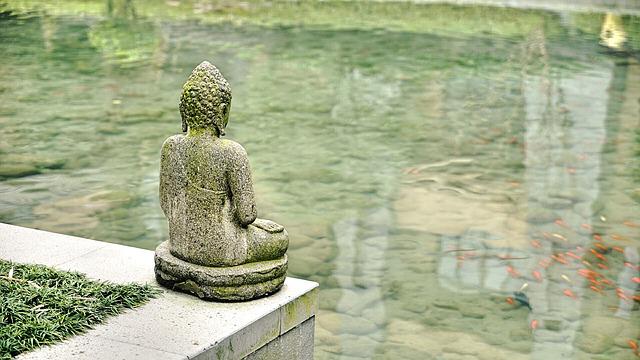
Answer: According to historical evidences there are two types of Stupa-art:
Built up and Rock cut (Chatitya)
Stupa: Stupa art is one of the most important features of propagating Buddhism. Basically, its survived in form of Hinayana, Mahayana split and emerged as very important symbol for Buddhas ideals
Anda: It is literally an egg, alluded not only the shape but it’s also very significant as latent creative power. The main structure of the Great Stupa A flat hemispherical dome made up the Great Stupa and called as Anda. The Anda is a representation of a link to the eternal.
Toranga: The toranas, which are covered in carvings of religious themes and stories about the Buddha, serve as the primary teaching spaces. Stupa Buddhist. They include the Jatakas (stories of the Buddha’s life and events) and are positioned in each of the four directions.
Chatri: The Three Jewels of Buddhism are represented by the Chatri’s three components: Buddha, Dharma, and Sangha.
Parasol: The parasol, which represented the sacred Tree of Life or enlightenment, was always a distinguishing characteristic that suggested grandeur and nobility.
Read Also: https://upscpreparationonline.com/taxila-university-was-one-of-the-oldest-universities-of-the-world/



